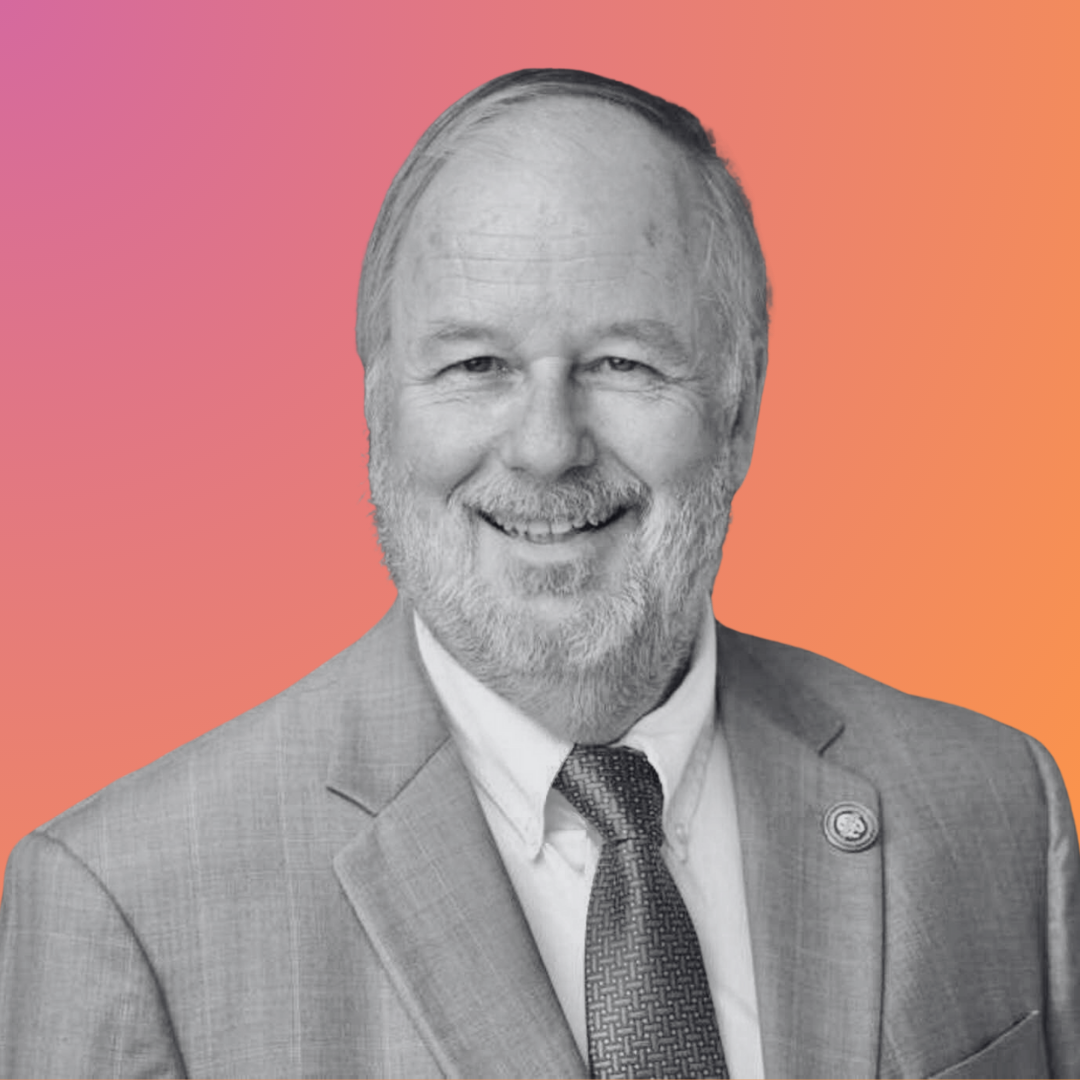Professor’s Pride in Creating Healthcare Companies That Truly Make a Difference for Patients
Chairman and co-founder Thomas ‘Rock’ Mackie and discusses his early life, groundbreaking advances in radiation treatment and his vision for Leo Cancer Care and upright radiotherapy technology.
Thomas ‘Rock’ Mackie has had a remarkable link with radiation therapy throughout most of his life.
“I first became aware of radiation and radiation therapy as a child,” he said, “and at times, that connection has been very personal to me.”
That is apt for a man who has made outstanding contributions to the field, both academically and commercially, over the past few decades.
These have seen game-changing advances and the development of new techniques and approaches with radiotherapy treatment planning systems, the advance of the tomotherapy technique, and latterly in his role as co-founder of Leo Cancer Care and the evolution of upright solutions for delivering radiotherapy to cancer patients.
Cancer treatment
Born in the small prairie town of Eston in 1954, that early connection with radiation therapy primarily came through the benevolence of his parents, Jack and Mary Mackie, who lived in Saskatoon in the Canadian province of Saskatchewan.
During his childhood, it was a centre for cancer treatment with patients travelling to it from across the province for therapy.
“My parents were very social and gregarious and would know everybody in the small town they had lived,” he said. “If any of my mother’s friends were diagnosed with breast cancer and had been advised to go to Saskatoon, my mother would say ‘Come and stay with us’.”
With breast cancer treatment lasting seven weeks the friend, often with their husband and family in tow, would stay at the Mackie home for the duration.
“We did this lots of times,” he recalled, “so I knew about radiation therapy as a child but I was always interested in science as well.”
Personal connection
After completing his undergraduate degree in Physics at the University of Saskatchewan in Saskatoon in 1980 he went to the University of Alberta in Edmonton for his PhD, specialising in medical physics and defending his thesis in 1984 on better ways to calculate radiation dose for treatment planning.
He also spent time on a placement in the uranium mining town of Uranium City in northern Saskatchewan.
From Alberta, he returned to Saskatchewan, working as a clinical medical physicist in Regina, at a time where this link to radiation therapy was further underlined with familial experience.
His mother Mary underwent radiation therapy as did his brother Morris after being diagnosed with a rare lymphoma that affected his heart and sadly led to his death before completing the course of treatment.
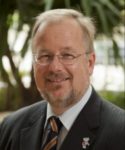
A photo of Dr. Rock Mackie as professor emeritus of medical physics at the University of Wisconsin-Madison.
In 1987, he moved to the University of Wisconsin-Madison as an Assistant Professor where he did research, teaching and clinical work following an invitation to apply for the post, which he believes may have been linked to his PhD thesis subject.
Important inventions
Over the next 25 years, he co-founded a number of companies, initially triggered by a drive from his department to start a stereotactic radiosurgery programme.
With no readily available 3D CT-based treatment planning system on the market, his dose calculation algorithm came to the fore. A common target was to get within five per cent of the required dose but his algorithm achieved that within two per cent.
That heralded a lifetime of research focused on planning and delivery of radiation therapy to cancer patients, with several important inventions in the field.
He co-founded the Geometrics Corporation to develop the Pinnacle Radiotherapy Treatment Planning System (TPS), which gained FDA approval in 1996 and became the largest selling TPS in the world. It was acquired by Philips Medical Systems.
“It radically changed medical physics,” explained Rock, “because it demanded CT scans in order to plan the patient’s treatment.”
Developing tomotherapy
As a medical physicist with expertise in radiation therapy treatment planning and intensity-modulated radiation therapy (IMRT), he is a primary inventor and algorithm designer of the helical tomotherapy concept.
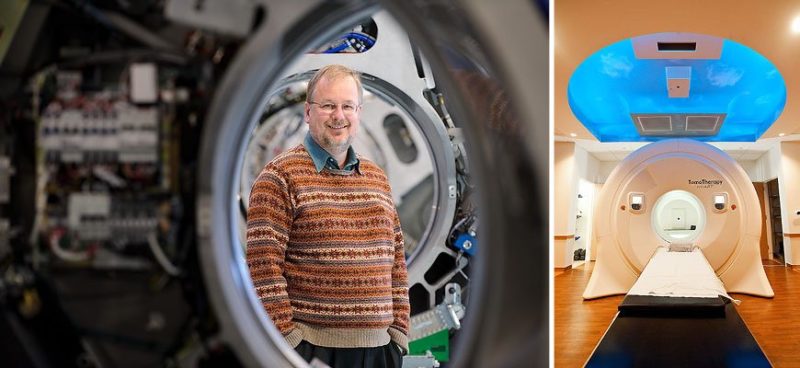
Thomas “Rock” Mackie at TomoTherapy in 2011. Photo: Jeff Miller
Tomotherapy sees a thin radiation beam modulated as it rotates around the patient as they move through the machine.
Pairing a linac and CT scanner, it directs a continuous helical delivery pattern of radiation and protects healthy tissue from unnecessary dose exposure.
Having launched TomoTherapy as an image-guided IMRT machine company in 1997, it went public in 2007 and achieved a market value of $960m at the IPO.
“TomoTherapy was the first IMRT system that achieved mass appeal,” he said. “That machine really started the modern x-ray based radiotherapy system.”
Fifteen years ago, as that personal connection to radiotherapy came closer to home when he was diagnosed with prostate cancer, he planned his own treatment on a TomoTherpay machine.
Rock also founded veterinary CT scanner company ASTO CT in 2014.
Treatment Eve-olution
More recently as Board Chairman of Leo Cancer Care, the focus has been on delivering radiotherapy to patients while in an upright position.
Rock Mackie relaxing in the Leo Cancer Care patient positioning system at ESTRO 2024 in Glasgow.
Leo’s compact system takes up a fraction of the space and costs significantly less than traditional gantry installations and delivers therapy to patients while supported in an upright position by keeping the radiation beam fixed and slowly rotating the patient as treatment is administered.
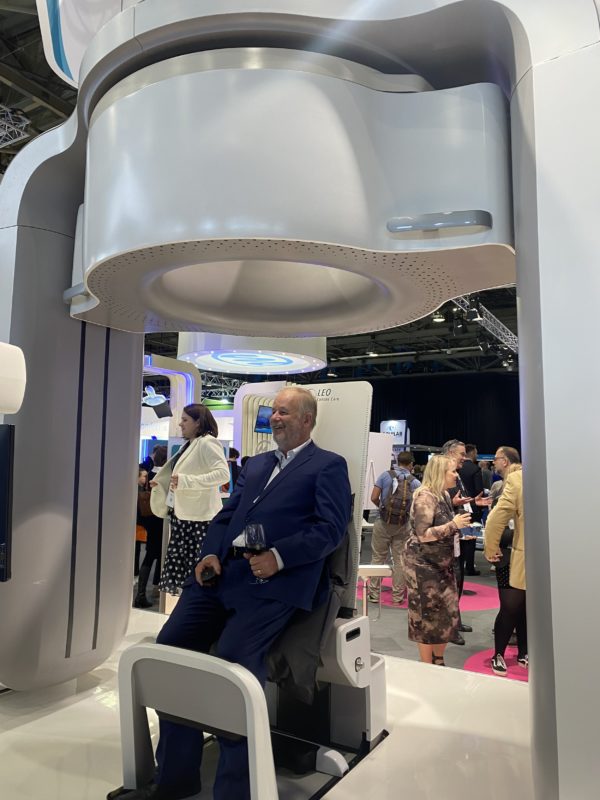
Evidence also indicates that there is less movement of internal organs in patients when receiving upright therapy, enabling more accurate and targeted radiation delivery.
Fast forward several decades from his initial appointment in Wisconsin, and as Professor Emeritus of Medical Physics and Human Oncology at the University of Wisconsin-Madison, he finds it particularly satisfying that UW Health in Madison is installing a Leo upright system for patient use.
He is particularly thrilled that Leo’s patient positioning system, named ‘Eve’, gained 510k regulatory clearance in May 2024 for clinical use in patients in the United States.
Next step
Rock said the next step is the 510k submission for the CT element of the technology, which combined with the patient positioning system forms Leo’s core product, the Marie system, named after Nobel laureate and radioactivity research pioneer Marie Curie.
He feels Leo Cancer Care has come a long way since he and CEO Stephen Towe teamed up to take the concept forward from a company in Australia in 2018.
Upright, he explained, allows for better patient positioning in a relaxed and natural posture and is gaining traction across healthcare, pointing to the response at the ESTRO (European Society for Radiotherapy and Oncology) trade event in Glasgow in May 2024, where significantly there was an independent session on upright delivery.
“I think upright is going to become mainstream,” he said.
Entrepreneurial pride
While he is most proud of his four children and four grandchildren, professionally he feels pride in transitioning ideas into products and treatment approaches that benefit patients.
In acknowledging the contribution from the academic world, he points out that there is a realization today “that if you want the technology to actually be useful in patients it requires a company.”
“Existing companies do not want to disrupt themselves,” he continued, “so you sometimes have to start a company and since you are the one that understands it better than anyone else, then it is possible for you to get involved in the creation of a company.
“So, in many ways, I am more proud of entrepreneurialism rather than the academic glories.”
Academic glories
Rock Mackie receiving his Gold Medal Award at ASTRO 2019
There have, however, been academic glories. Notably, Rock received the Gold Medal Award for his contributions to cancer treatment and service to the field of radiation oncology from the American Society for Radiation Oncology (ASTRO) in 2019 and the Coolidge Gold Medal of the American Association of Physicists in Medicine (AAPM) in 2014.
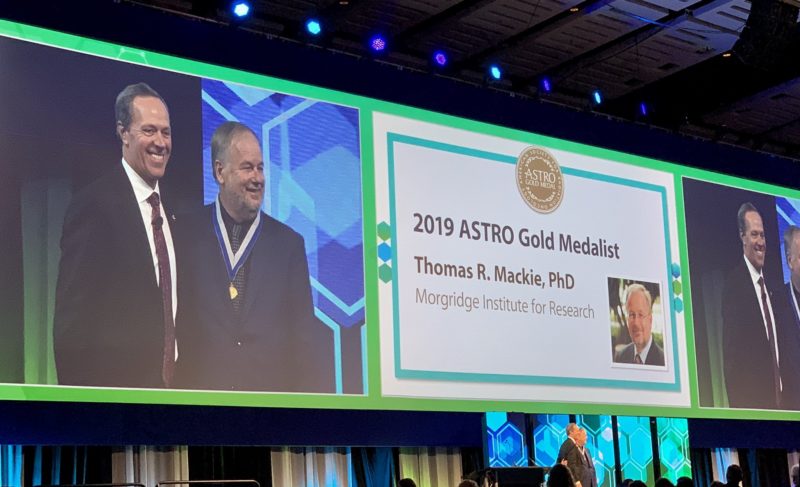
“I am still viewed as Professor Mackie by many people,” said Rock, “but I am very proud that we can go the last step, which is forming a company and then taking it into the marketplace where it can really help people.
“While it is nice to have papers that are well cited and people respect ideas, to get grants from the government and employ students and to teach, what we are really here for is to make a difference.
“The papers and the grants really do not make a difference in themselves, but products done right do make a difference.”
He is also on the board of Shine Medical Technologies, based in Wisconsin and making medical isotopes; a board member and Vice-Chair of the International Commission on Radiation Units and Measurements (ICRU); and a fellow of the AAPM.
Winning system
Rock believes three factors determine whether or not a disruptive new technology will work: will it do something better; is it easier to use; and will it either save money or make money?
He pointed to the contrast between healthcare systems such as the NHS in the UK which are about saving money, and fee-for-service healthcare systems, as in the United States.
“What ends up happening is that if have something that in one continent can save money and another can make money, then you have a winner.
“In our case (with upright), this can do both, it plays on both sides of the Atlantic. And in the field of proton, or particle therapy in general radiation therapy, it is basically half price because it allows the smaller technology to go into an existing vault.
“We think our technology is better to use because as soon as a patient sits down they are in the right position.”
That, he added, can potentially halve the setup time compared to conventional supine radiation therapy and the patient and the therapist can communicate more easily.
Problem-solving
Having started seven companies, he tells his wife Pamela that is his hobby.
“I enjoy the people work, problem-solving and sharing what I know,” said Rock, who also likes gardening, reading and watching movies.
“I loved Oppenheimer, I like science-based movies, and one of my favourites is Apollo 13 – it is a good science movie and a really good engineering movie, but also a really good human story.”
He and Pam have three sons, a daughter and four grandchildren.
Rock (from his middle name Rockwell) still lives in Madison: “It a very special; a Canadian-like city in America. It has a large university in a small city and is also the state capital with a lot of hi-tech businesses, so it knew how to do entrepreneurialism.”
And for Thomas ‘Rock’ Mackie, as he approaches his 70th birthday, that spirit of entrepreneurialism and healthcare innovation for the benefit of patients still flows strongly through his veins.
Subscribe to our newsletter
STAY CONNECTED
Get the latest updates and exclusive offers delivered straight to your inbox
Subscribe